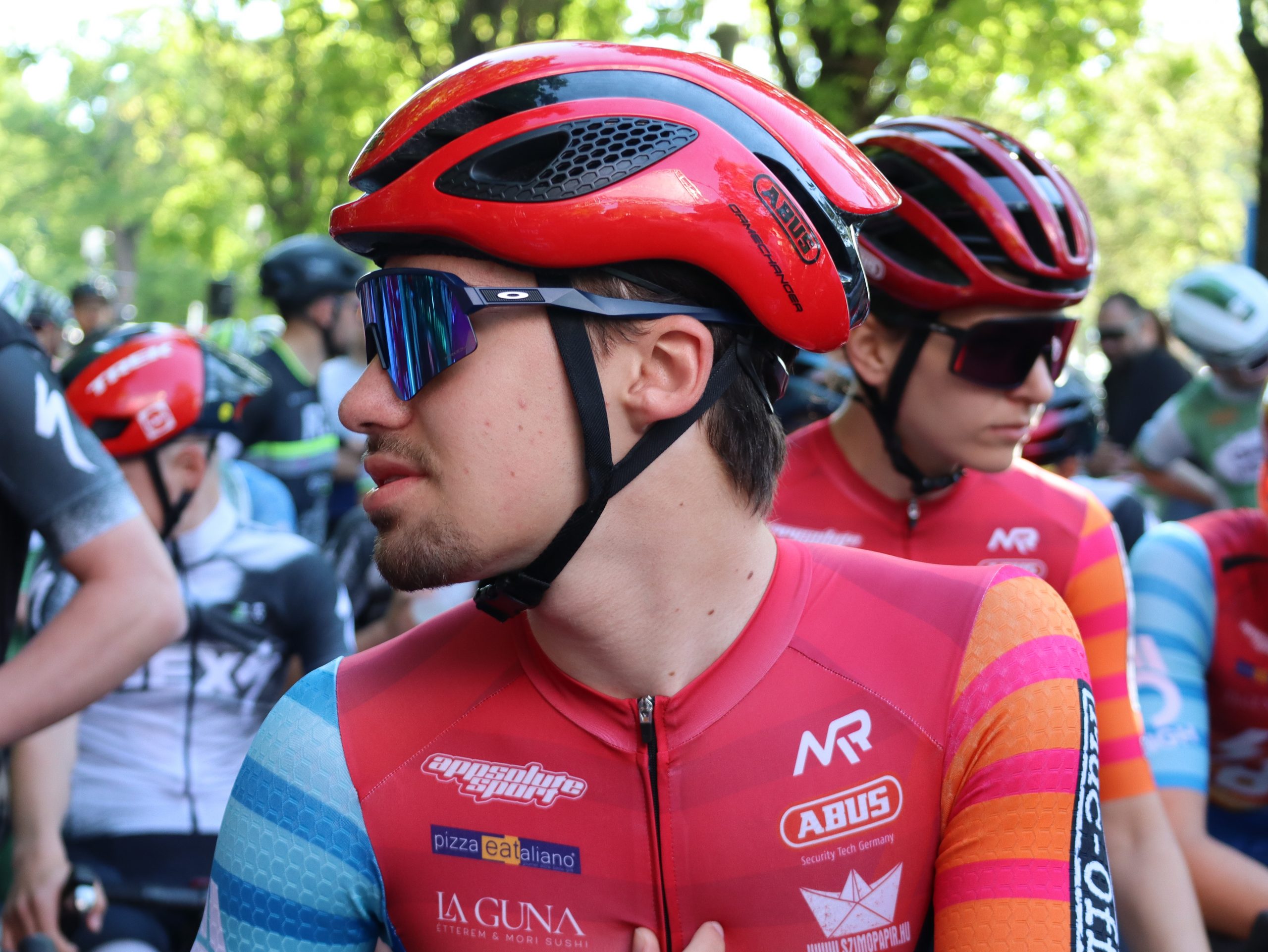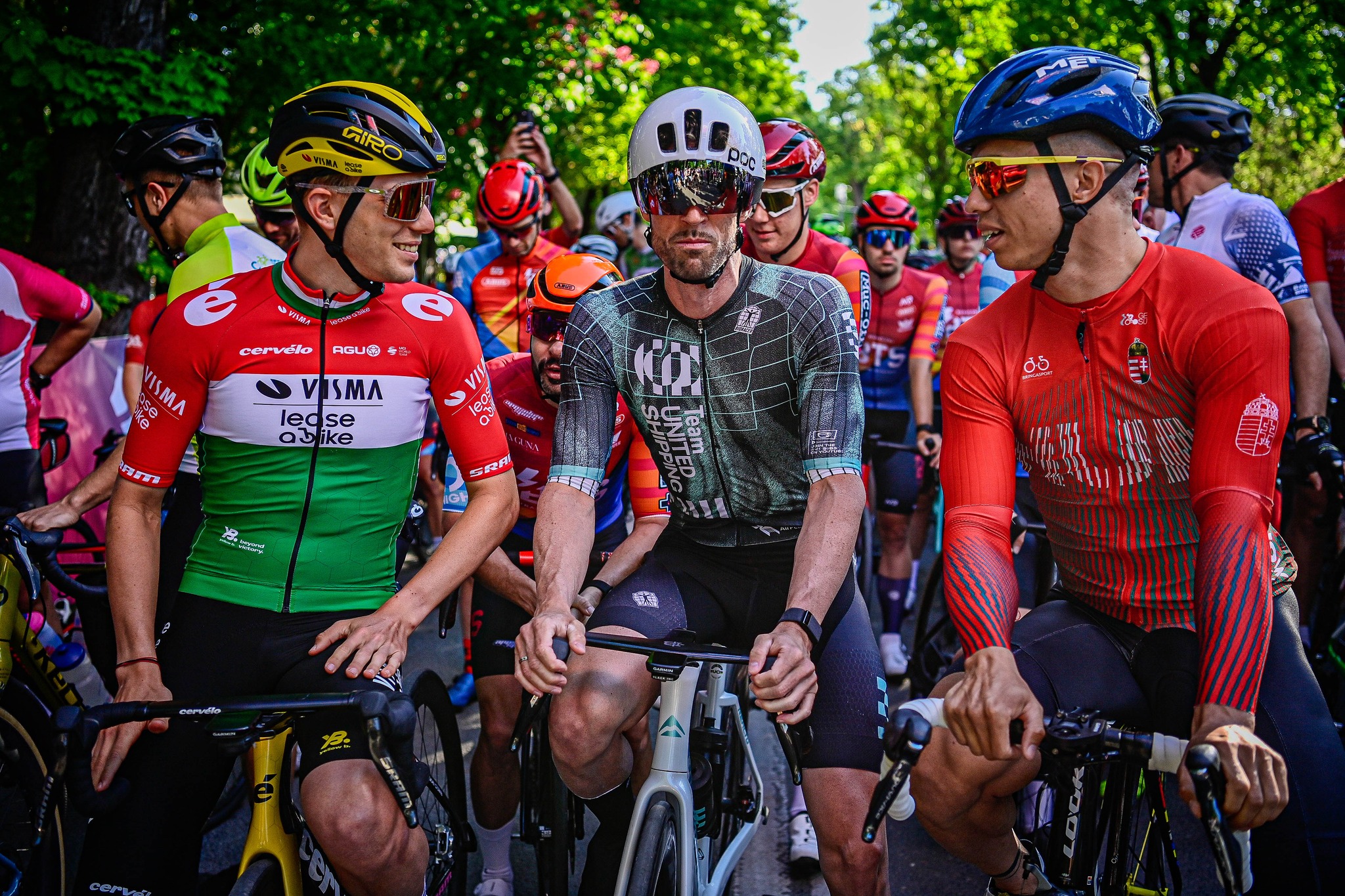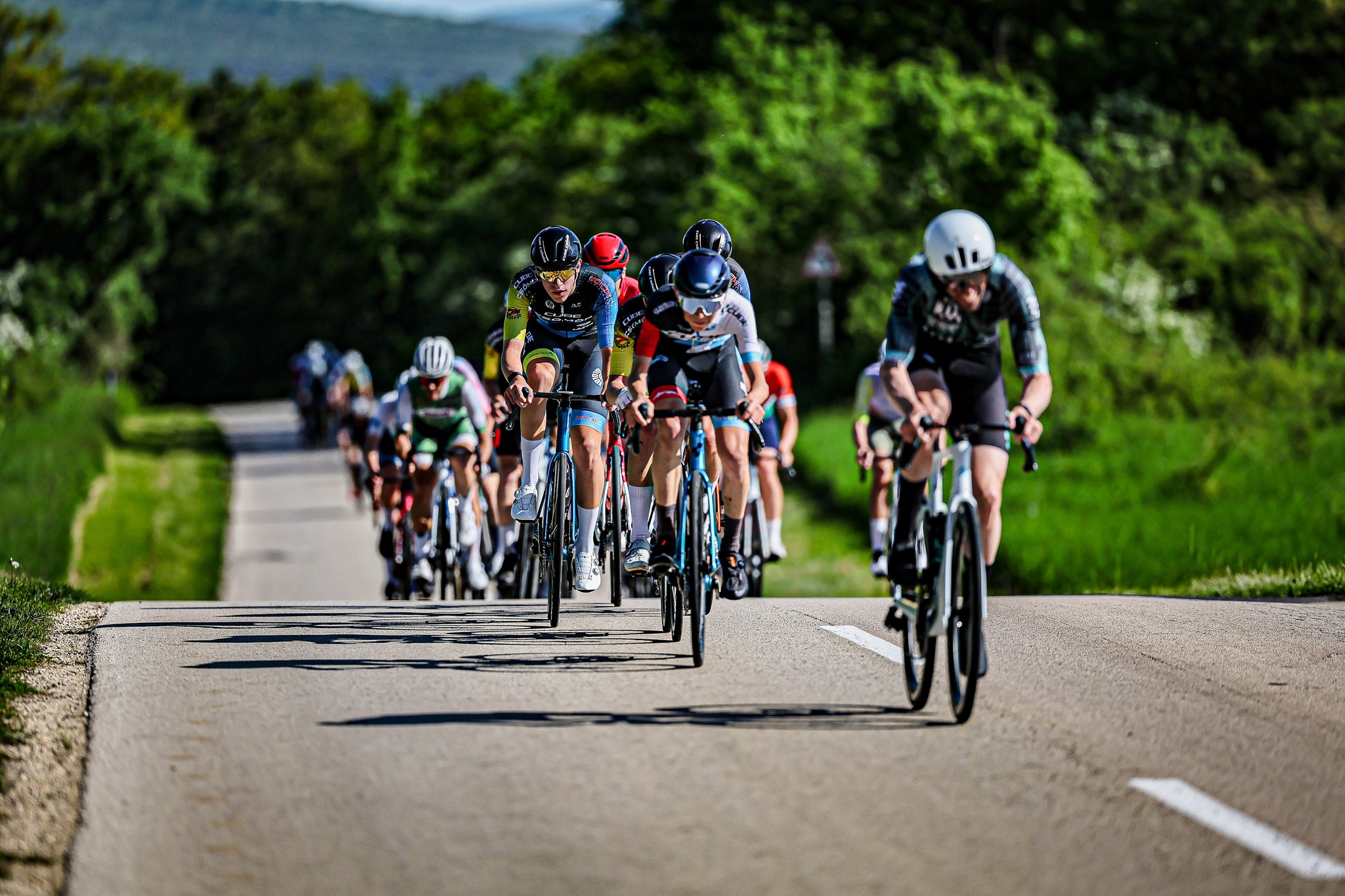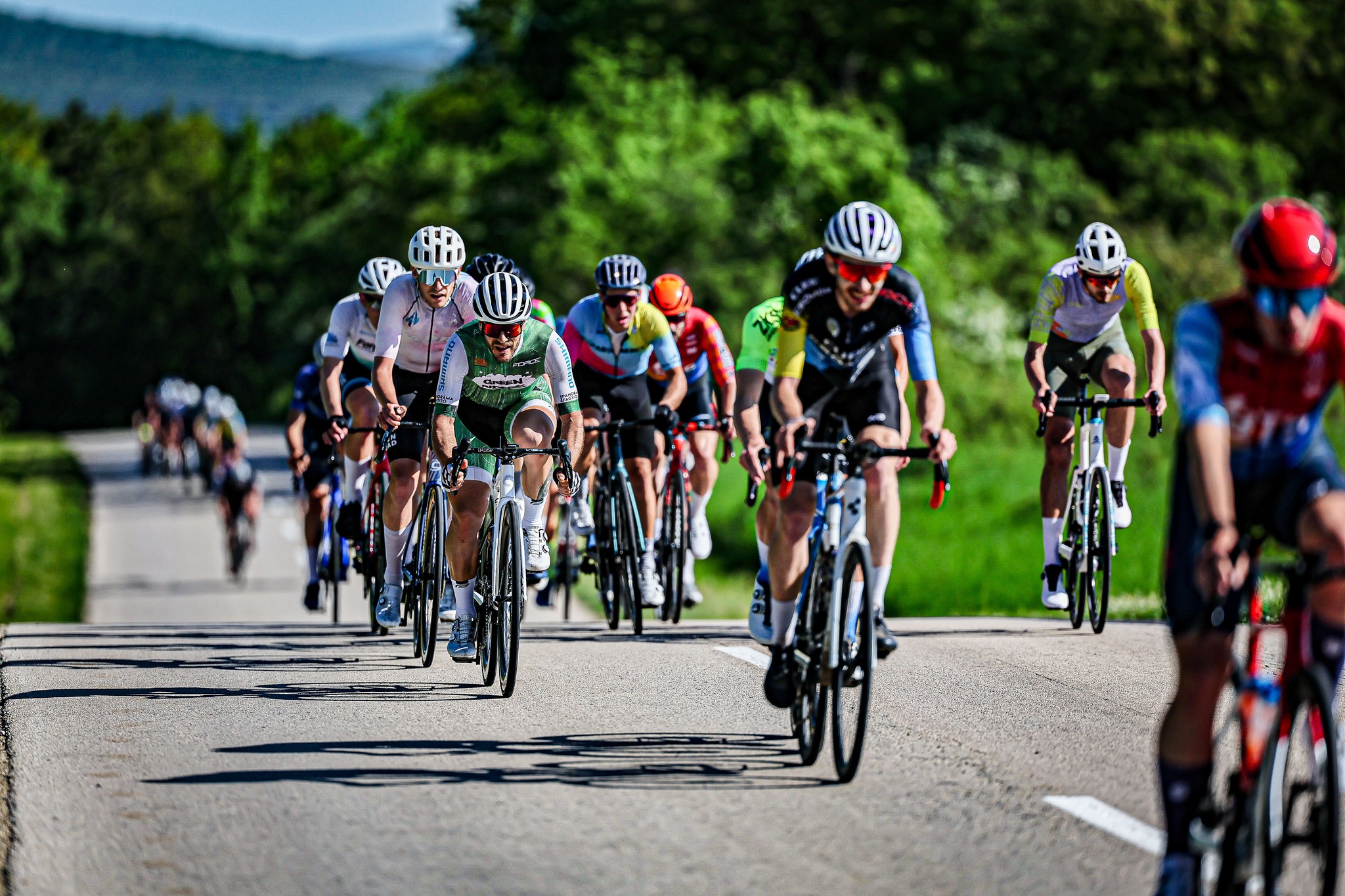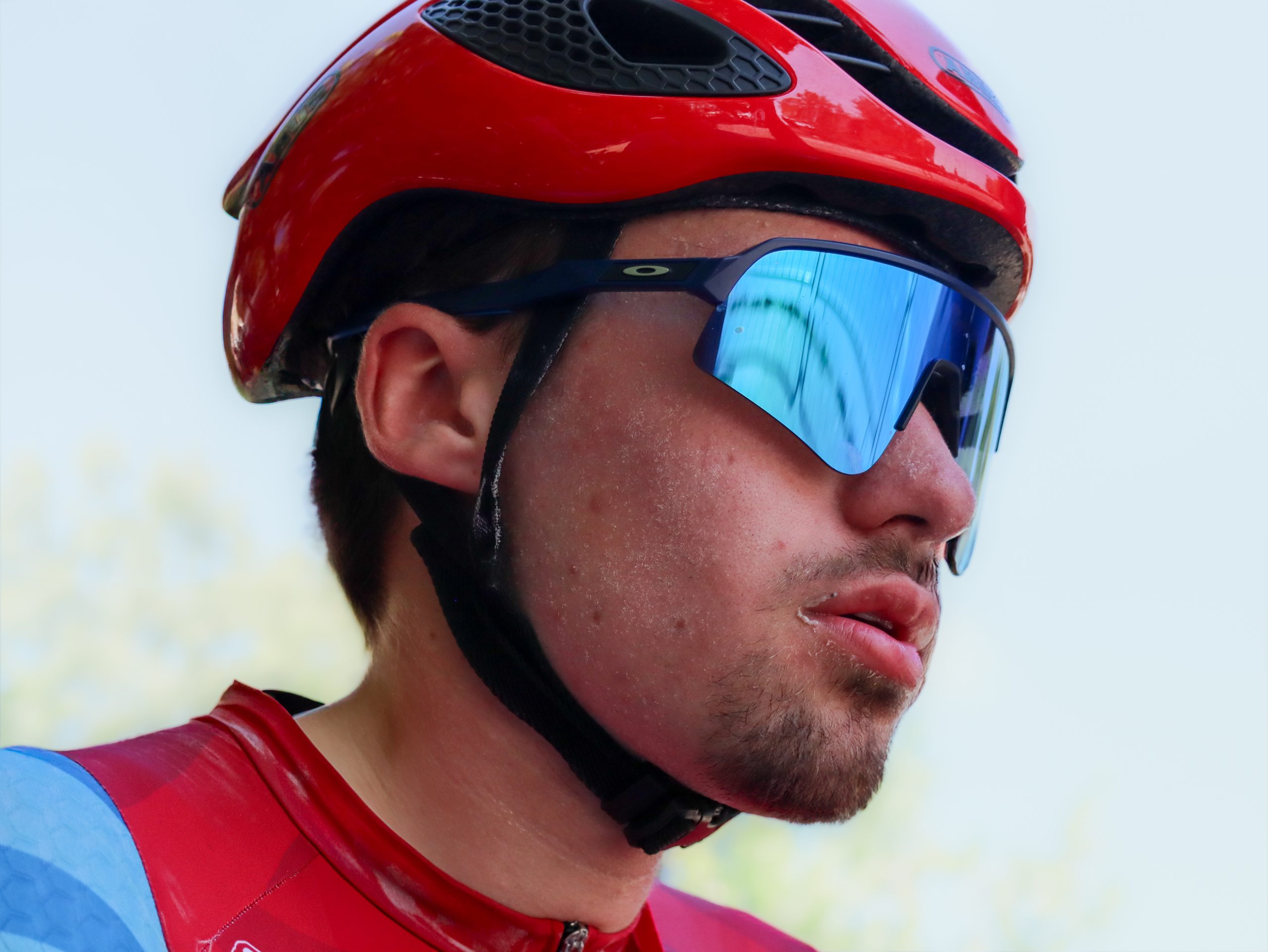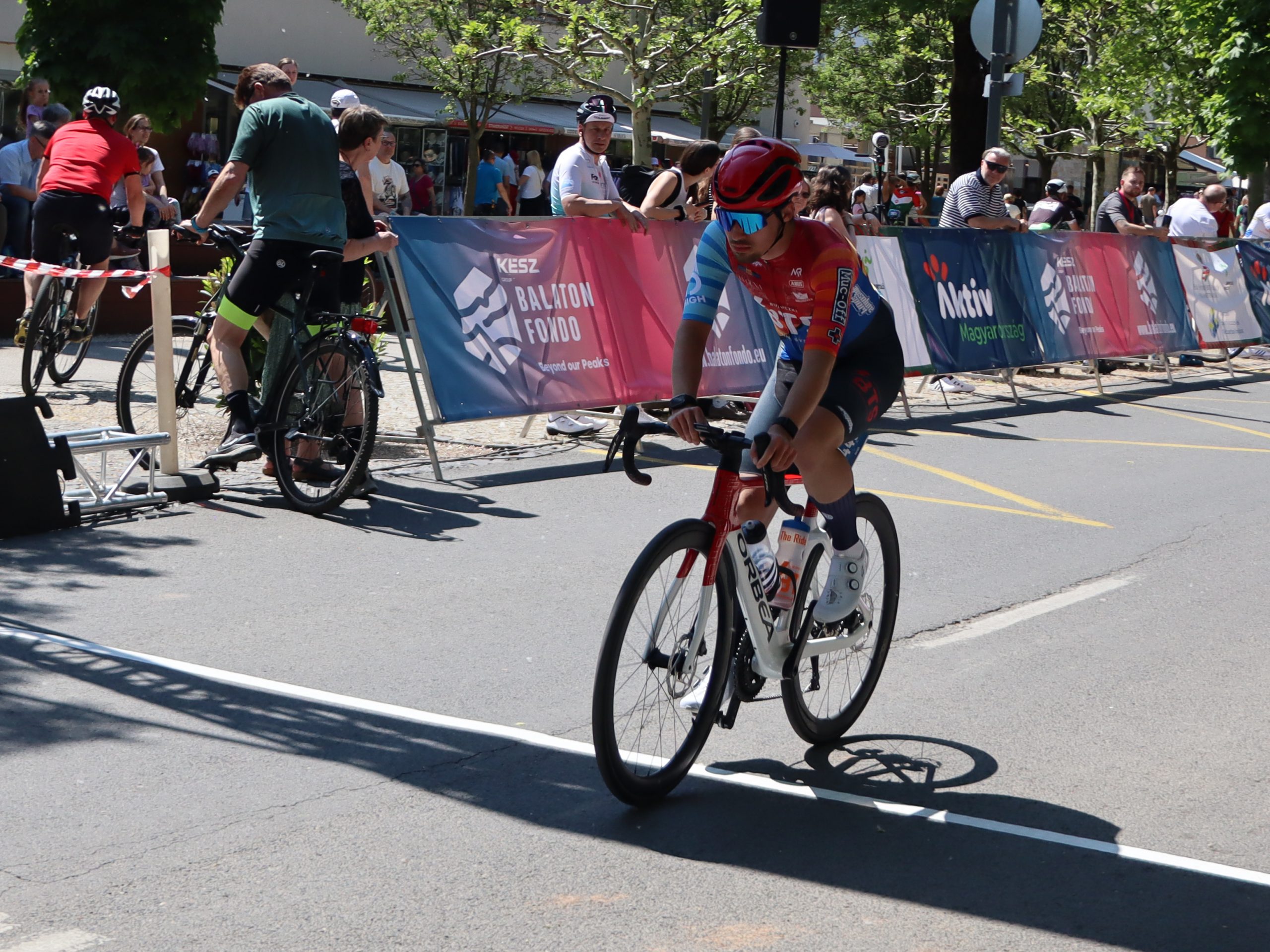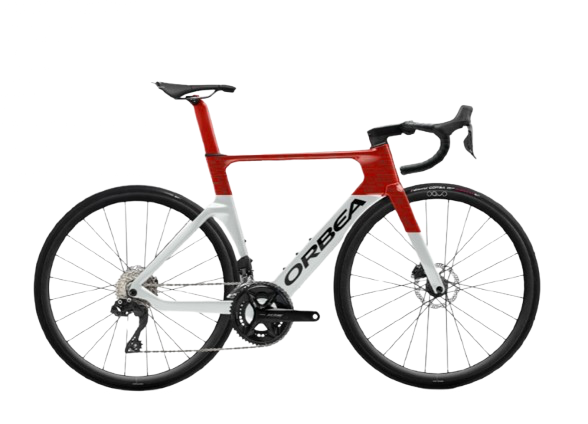BalatonFondo is the race I look forward to all year. The course follows the same route as the Hungarian stage of the 2022 Giro d’Italia, tracing 134 kilometers through stunning landscapes. Full road closure, immaculate tarmac, breathtaking scenery, strong competition, professional organization – the true spirit of a granfondo. Alongside the long route, a shorter 68-kilometer MediaFondo sets off at the same time. I have great memories: in 2023, as a U17 rider, I finished 3rd in this event.
Last year, in 2024 I was really looking forward to racing. We registered for the long route, but the day before the race, my team at that time decided not to race, and cancelled the participation due to forecasted bad weather. I made it clear I still wanted to race, but the team firmly requested I not take the risk of a crash or illness, as the following week I was assigned to support the second-year riders at the Hungarian National Hill Climb Championships, and the very next day at a criterium. That “firm request” was not open to negotiation. So, I accepted I had to skip the Fondo, because I had to accept it. In the end, the predicted storm never came, although it did rain. And as it turned out, not a single second-year teammate made it to the National Hill Climb Championships or the next day’s criterium due to illness or other international commitments. So in the end, skipping the Fondo didn’t really help much anymore. But that’s how things go sometimes.
Racing in a small team has its difficulties. The opportunities are much more limited. But at least there are no unchallengeable decisions. So I knew from the start of the season that I’d be on the start line this year.
Everyone was talking about the big names. We knew Federico Pozzetto would be there—a rider with more than 60 granfondo wins. We knew László Záray, a master world champion, would be there. And we all knew that Csongor Kardos, in excellent shape once again this year, would be on the start line, too – he had sprinted with Johnny Hoogerland to the finish in last year’s race. Alongside them, though I won’t attempt to list them all, were plenty of other top names, including Attila Valter and Sándor Szalontay. Though they didn’t race, they accompanied us through the neutral start, and their presence surely contributed to the record-breaking turnout, more than 1,300 riders at the start. Domonkos Schneller, president of the Hungarian Cycling Federation, completed the 68 km route himself.
Special thanks to the organizers for ensuring licensed riders were positioned at the front of the massive field, which made both the neutral rollout and the actual start safe and manageable.
The neutral start continued through the early-middle section of the Tihany Peninsula. That’s when the real racing started. As soon as we started climbing away from the ferry dock, the pace began to rise. This is exactly what I had prepared for. The plan was to follow every attack and stay with the front. Everything went according to plan: I stayed up front, always in the top five, reacting to every move. I was riding alongside Szilárd.
On the Gella climb, the initial pace was steady, not explosive. Only in the final 5–600 meters did they really ramp it up, but the peloton regrouped on the descent. The attacks kept coming. Somewhere after kilometer 40–45, a break finally went clear – first with Laci Záray and Federico Pozzetto. Csongi, Szilárd and I didn’t jump immediately; they weren’t getting much of a gap, and we didn’t want to waste energy unnecessarily. Laci and Federico built a small lead, and someone from Csömör went after them on his own. Still, we didn’t react. I was watching Csongi, and it felt good knowing we read the race the same way. We stayed near the front of the main group.
Around the 60 km mark, we Caught the four riders strong breakaway. We were approaching the Tapolca feed zone, located in a Tesco parking lot. That’s where we had arranged bottle handoffs. There were three official feed zones on the course, and this was the only one reachable by car after the start, and the bottle picked up here would last to the finish. The official zones were more suited to those willing to slow down or even stop, not to a 20–30 rider front group barreling along at high speed. We would have preferred a steep climb, but Gella was too early, just 31 km in, the first bottle wouldn’t even be empty yet, and a bottle picked up there wouldn’t last to the end. The third feed zone was after 110 km, too far to ride with just two bottles. The road closures that made the race safe also limited options for feed zones. Tapolca wasn’t ideal, but it was the only point we could organize in advance.
The Tapolca zone involved a sharp left off the road, a long, curving left arc through the parking lot, then another 90-degree left back onto the main road. As we approached, I got rid of my empty bottle. Federico, ever tactical, didn’t plan to take a bottle here. He had support elsewhere. But he knew that if he attacked here, as he did, the group would face a choice: respond and skip bottles, or slow for feeds and risk losing contact. No support cars were allowed, so ground feeds were the only option. Both Szilárd and I were getting bottles from my parents standing there. As we entered the parking lot, Federico attacked. Laci and Csongi went with him. Szilárd and I positioned ourselves so that he was just ahead of me by a second or two. My dad was waiting in a bus stop bay, holding bottles in both hands. Szilárd hesitated until the last second but kept his position. Our speed was over 50 km/h. I tried to grab a bottle, missed, and it flew out to the curb.
I knew the backup bottle was a few hundred meters further on, but at that speed I wouldn’t be able to grab it. No one could come around us due to the closed roads.
The decision had to be made in seconds: keep my position in the front risk going without a bottle or drop back and try to chase the attackers solo. The next group was three minutes behind, no point waiting for them. Riding to the finish without a bottle was impossible. So I drifted to the side, slowed down, picked up the bottle, and chased back.
The Italian had judged it perfectly. I think hardly anyone else got bottles there. I did, but it cost me.
I managed to rejoin. Then around kilometer 70, there was another surge on a short, not even 4% climb. A sharp acceleration followed. I got out of the saddle to respond—and my left leg cramped. Suddenly I was out the back. I knew I couldn’t catch back on, but I kept riding hard, trying to work through the cramps. I was pushing good watts. A group of eight was maybe a minute behind, but they weren’t gaining. I kept pushing. From 70 to 110 kilometers I was solo.
There was still a gap. But the cramps came again. On one especially ridiculous note: after descending a small rise, I stood up to smooth out a speed bump, and both legs cramped from that motion. The next climb was about 2 km long. First half 8–9%, then easier. Let’s just say I wasn’t exactly smiling, but I tried to get my legs working again. Ate everything in my pockets. The group caught me, but I couldn’t latch on. The legs still hadn’t reset. So from 110 to 130 km, I was solo again.
All that was left was to ignore the legs and keep going. But it still got worse: at 9 km to go, in a left-hand bend, just pulling the left pedal up to avoid scraping it in the turn, just that was enough to make my left leg to cramp. Fine, I’ll pedal with the right. Then that cramped too.
I shut down all thoughts and feelings. I got over one last hill and hit a flat section. There, I tried to pick up the pace again. It worked. I crossed the line 5th in my category, 32nd overall.
A long way from what I came here for – but that’s how it played out.
Csongi stayed with Pozzetto to the very last second. In the sprint, the Italian guy took the overall win, but Csongi won his category. Huge congratulations to him!
Thanks to the organizers for an unforgettable race.
See you back here next year!
